Results
-
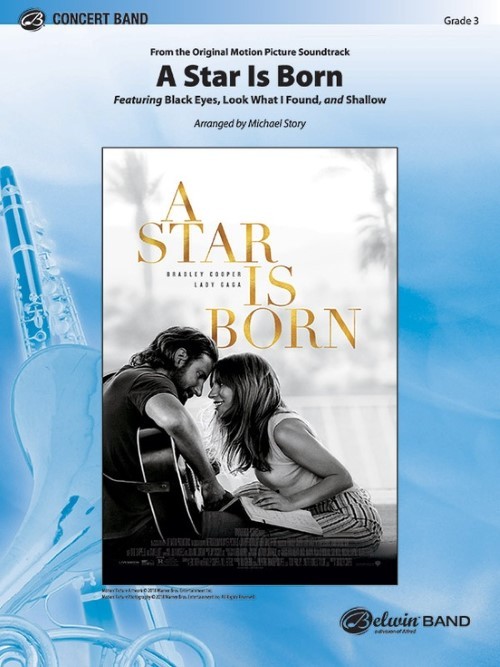 £77.00
£77.00A Star is Born (Concert Band - Score and Parts) - Story, Michael
Embracing the most recent epic remake of the musical romantic drama, this medley seamlessly weaves three iconic and compelling yet diverse melodies, including "Black Eyes," "Look What I Found," and "Shallow." Performed by Lady Gaga and actor/director Bradley Cooper, you will bring the musical passion of this blockbuster film score to your concert stage.Duration: 4.30
Estimated dispatch 7-14 working days
-
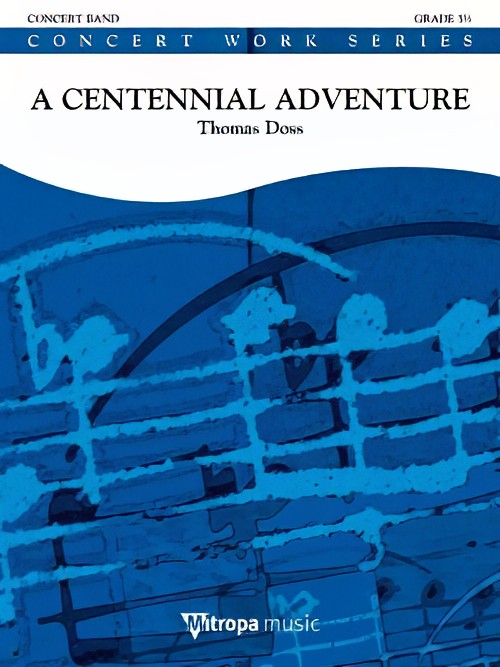 £118.99
£118.99A Centennial Adventure (Concert Band - Score and Parts) - Doss, Thomas
100 Years of the Republic of Austria should be an occasion to reflect on the value of freedom and democracy, precious treasures that don't grow on trees but which have to be fought for again and again. The imperial anthem composed by Franz Josef Haydn, which to this day, survives as the German national anthem, has played a very special role in the story of Austria. It seems that Haydn was inspired by a Croatian folksong. It was sung in Burgenland Croatian areas in various versions under the title Atal se jesem (I am standing). The composer wrote this piece as a tribute to all people standing up for democracy in the name of mankind. A festive and impressive piece for celebrational events alike! Duration: 6.45
Estimated dispatch 7-14 working days
-
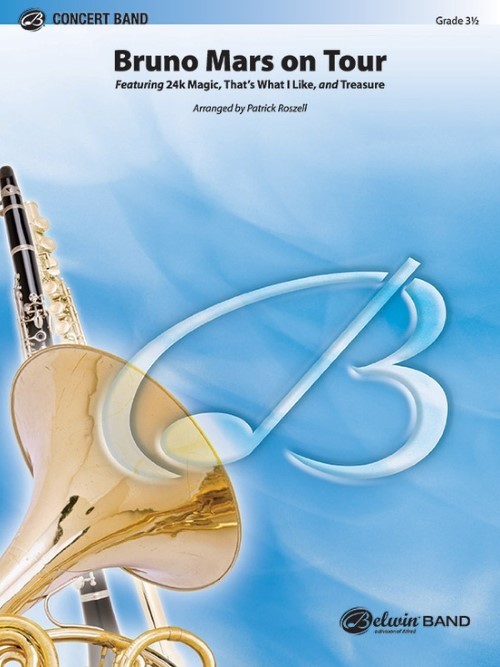 £77.00
£77.00Bruno Mars on Tour (Concert Band - Score and Parts) - Roszell, Patrick
Three of Bruno Mars's biggest hits are combined in this catchy arrangement including the funky "24K Magic," the hip-hop style of "That's What I Like," and the disco style "Treasure." With these diverse styles, an opportunity for an introductory solo, and a varied representation of this charismatic mega-artist's work, it will certainly be a huge hit with your students and audience alike.Duration: 5.30
Estimated dispatch 7-14 working days
-
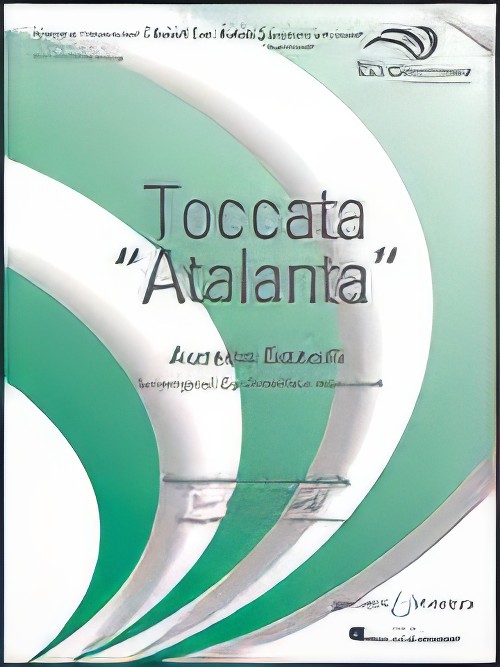 £65.00
£65.00Toccata "Atalanta" (Windependence Concert Band - Score and Parts) - Bonelli, Aurelio - Hanson, Shelley
Woodwind and percussion players usually are unfamiliar with the antiphonal brass choir tradition. I made this modern, more easily readable version of Bonelli's classic 1600 Toccata for flexible wind ensemble with optional percussion, so that as few as 8 players up to full symphonic band could play in this style. I've used it as a dramatic concert opener, with the second, smaller group positioned behind the audience. ~ Shelley Hanson
Estimated dispatch 7-14 working days
-
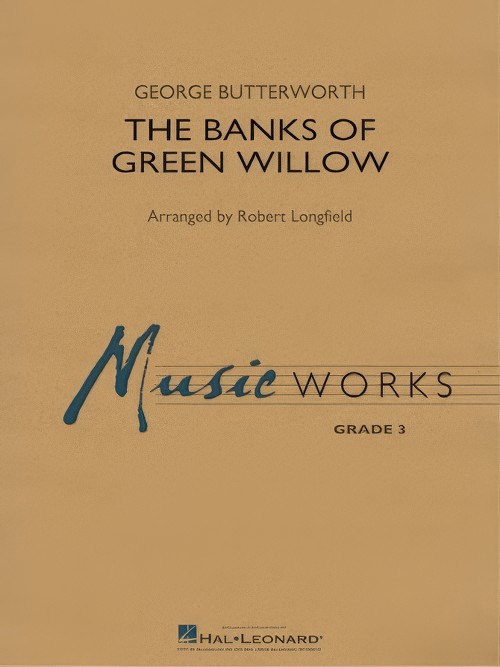 £60.99
£60.99The Banks of Green Willow (Concert Band - Score and Parts) - Butterworth, George - Longfield, Robert
Written by British composer George Butterworth in 1913, this classic work is based on two folk songs - The Banks of Green Willow and Green Bushes (the latter also appearing in works by Grainger and Vaughan Williams). Butterworth died in World War I at the age of 31, and this composition remains his most popular, regarded as an anthem for Unknown Soldiers. Here is a masterful setting for winds adapted by Robert Longfield.Duration: 3:50
Estimated dispatch 7-14 working days
-
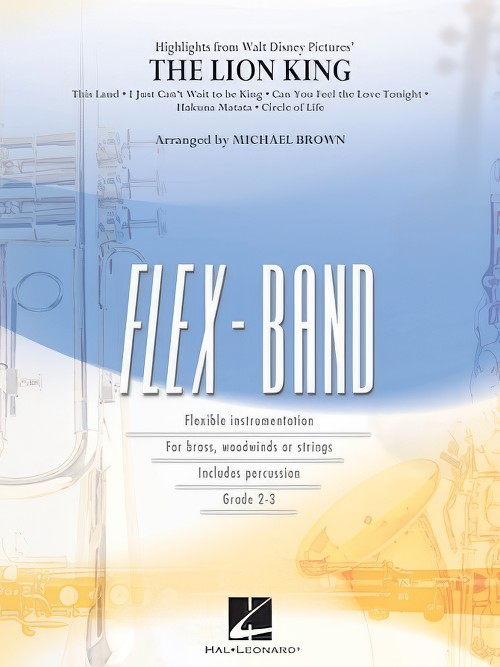 £72.99
£72.99The Lion King, Highlights from (Flexible Ensemble - Score and Parts) - Brown, Michael
Originally released as an animated film in 1994, then adapted as a stunning musical for Broadway in 1997, The Lion King remains one of the most powerful and beloved productions to come out of the Disney studios. Scored for flexible instrumentation this medley includes: This Land, I Just Can't Wait to Be King, Hakuna Matata, Can You Feel the Love Tonight? and Circle of Life.
Estimated dispatch 7-14 working days
-
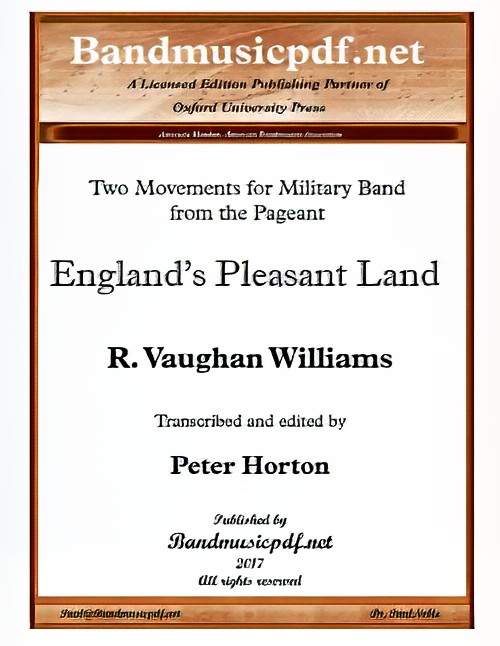 £195.00
£195.00England's Pleasant Land (Concert Band - Score and Parts) - Williams, Vaughan - Horton, Peter
It is a rare privilege for me to be able to present a first publication of such a prominent musical giant in our history. I am grateful to The Vaughan Williams Charitable Trust, Oxford University Press and Dr. Peter Horton for their part in making this possible. Extensive program notes describe the foundation of this piece and are included with the score. - Paul Noble
Estimated dispatch 7-14 working days
-
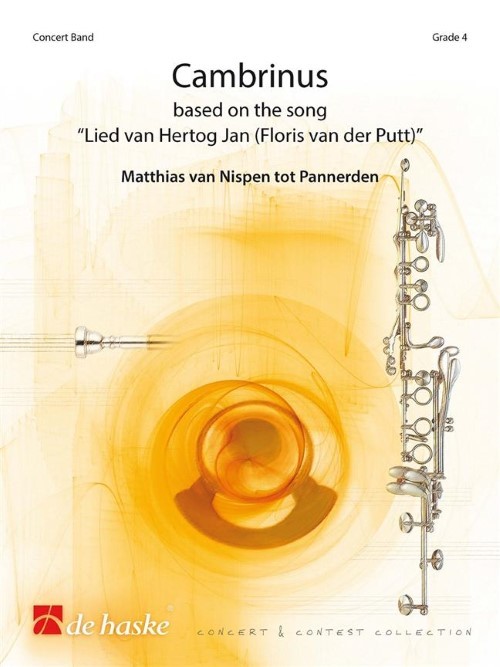 £134.99
£134.99Cambrinus (Concert Band - Score and Parts) - Pannerden, Matthias Van Nispen tot
The name Cambrinus, a corrupted variation on 'Jan Primus' (John the First), refers to the flamboyant John I of Brabant, who was the Duke of the Dutch provinces Brabant and Limburg, in the second half of the 13th century. This piece of music tells the story of this notable man, starting with the Battle of Worringen in 1288, where he scored a glorious victory, followed by an exuberant celebration in which he also contemplates about the suffering he and his men have caused. The works offers exciting energetic musical scenes with lots of action, as well as beautiful romantic and heroic themes offering plenty of opportunities for your band to unfold all its qualities. Duration: 7.15
Estimated dispatch 7-14 working days
-
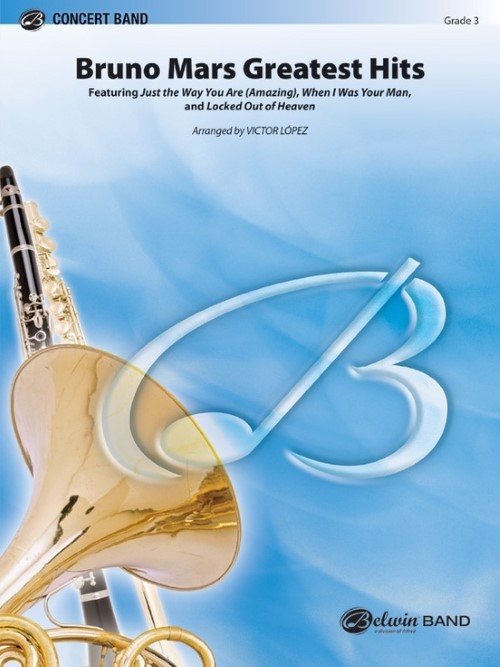 £78.00
£78.00Bruno Mars Greatest Hits (Concert Band - Score and Parts) - Lopez, Victor
Loaded with three Billboard hits, one of which was performed at the Super Bowl, this concert band medley has all the ingredients necessary to engage your students and audience. This concert band medley includes his chart-topper "Just the Way You Are," the rock ballad, "When I Was Your Man," and the upbeat "Locked Out of Heaven." Guaranteed to rock the house!Duration: 5:15
Estimated dispatch 7-14 working days
-
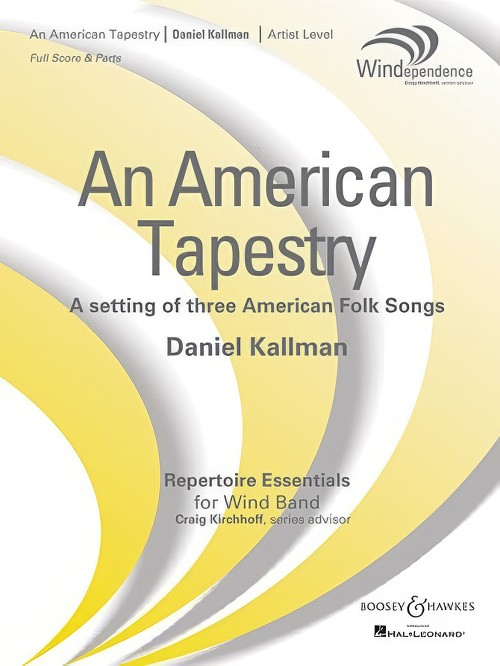 £95.00
£95.00An American Tapestry (Concert Band) - Kallman, Daniel
An American Tapestry is a continuous medley of three American folk songs: the happy-go-lucky The Girl I Left Behind Me, the sombre and reflective He's Gone Away, and the foot-stompin' hoedown Ol' Dan Tucker. The setting was originally composed for chamber winds (11 players) and has been completely rescored by the composer in this edition for full wind ensemble. The contrasting tempi and sentiments of the tunes, enlivened with unique and colourful harmonies and instrumentation, contribute to make this appealing for wind players from high school to professional.Duration: 7:15
Estimated dispatch 7-14 working days
